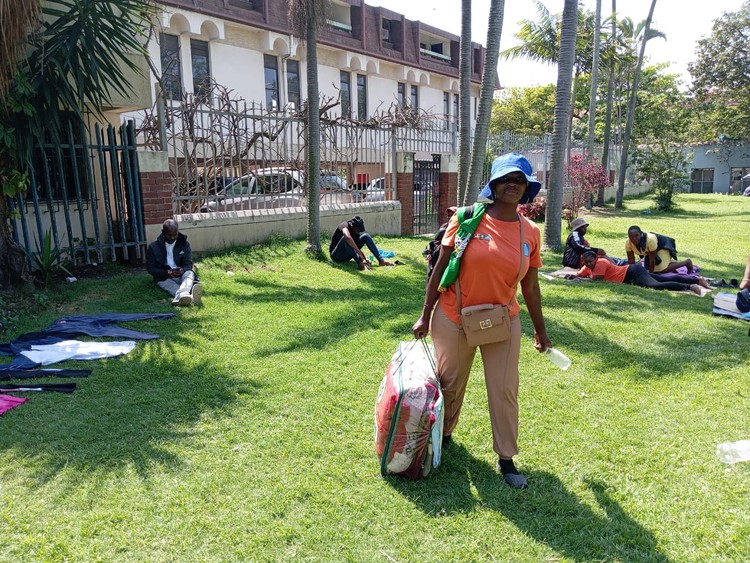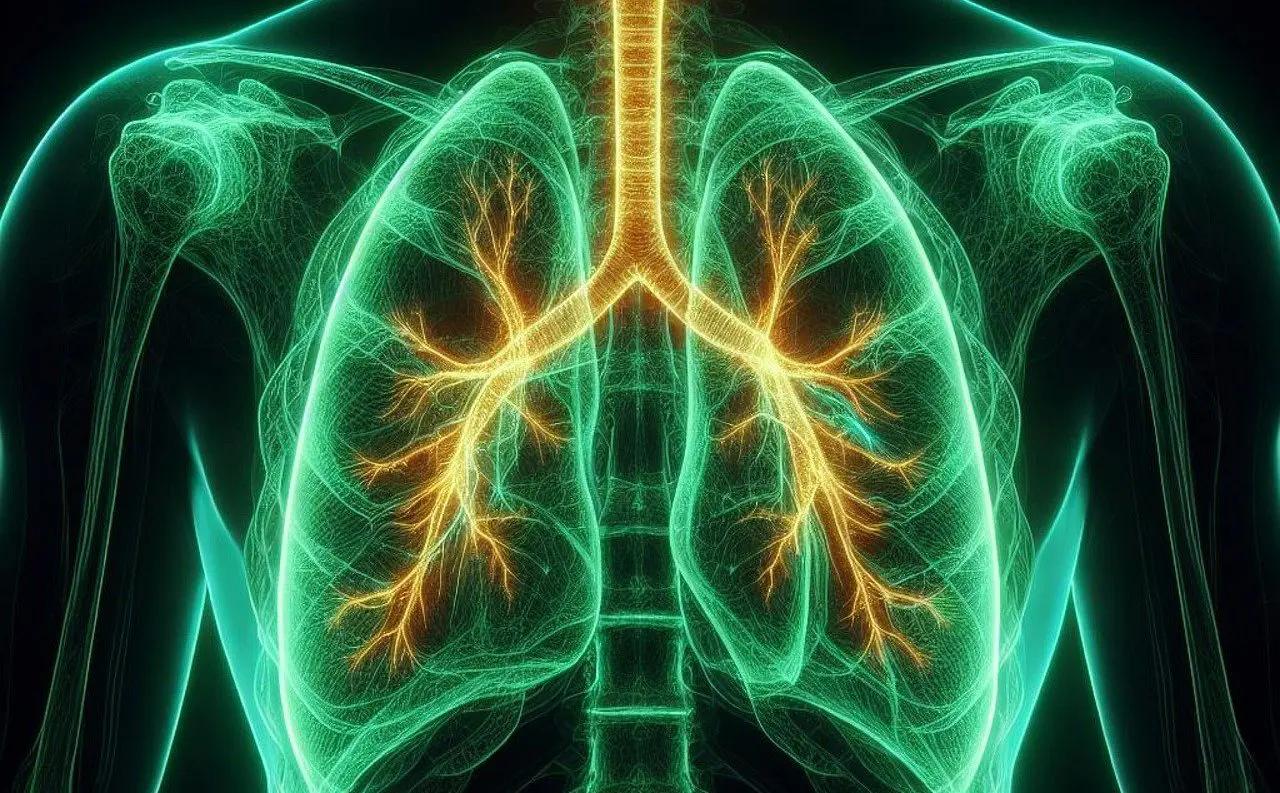By Masimbulele Buso
The Domestic Violence Act (‘DVA’) provides a comprehensive definition of domestic violence (‘DV’). DV includes any physical, sexual, emotional, verbal, psychological or economic abuse. It also includes intimidation, harassment, stalking, damage to property, entry into the complainant’s residence without consent, or any other controlling or abusive behaviour towards the complainant, where such conduct harms, or may cause imminent harm to, the safety, health or wellbeing of a person.
DV is a generic term which can also refer to “any act or omission committed within the framework of the family, by one or more of its members, which undermines the bodily or psychological integrity or liberty of another member of the same family, or that seriously harms the development of his or her personality” (Council of Europe, explanatory memorandum to a document on violence in the family – 1985).
DV can also refer to violent or aggressive behaviour intended to cause psychological, emotional, or physical harm to the integrity or liberty of a person. This violence can be perpetrated within the home by a spouse or a family member. As awareness of family violence grows, the spotlight has begun to shine on previously hidden forms of family violence, such as elder and sibling abuse. Proponents of a feminist view argue that abuse is the product of the abuser’s systematic attempt to maintain power and control in a relationship.
For the purposes of legal intervention, we can rely on the comprehensive definitions offered by the Domestic Violence Act 116 of 1998 (paraphrased above). The fact that domestic violence was long considered to be a private, domestic issue with no legal consequences has significantly hampered recognition of the phenomenon as a human rights violation. Domestic violence such as rape, battering, and sexual or psychological abuse leads to severe physical and mental suffering, injuries, and often death. It is inflicted against the will of the victim, with the intention to humiliate, intimidate and exert control over them. Very often, the victim is left without recourse to any remedies because police and law enforcement mechanisms are often gender-insensitive, hostile or absent.
Prevalence of domestic violence
According to the SAPS crime statistics, from October to December 2021, 902 women were murdered, with 232 of these murders directly linked to domestic violence. During the same time, 11,315 rape cases were reported, which on average, translates to 123 cases a day. While there was a 9% decrease in sexual offences, the statistics often do not reflect reality because such cases are under-reported. All sexual offences recorded a 13.7% increase in the previous quarter, with contact sexual offences recording the only decrease in this crime category.
During the first three months of 2022, crime statistics revealed that 10,818 people were raped in South Africa. Almost half of the cases (a staggering 4,653 rapes) took place at the home of the rape victim or the home of the rapist. Public parks, beaches, streets, open fields, parking areas and abandoned buildings were the second most likely places where rapes occur. Liquor was involved in 1 290 of the rapes. The Eastern Cape’s Lusikisiki Police Station, Inanda Station in KwaZulu-Natal and Delft Police Station in the Western Cape recorded the highest incidents of rape for this quarter.
In 2021, Statistics South Africa released a report, Crimes Against Women in South Africa, indicating that one in five women (21%) had experienced physical violence by a partner and one in three girls were raped before age 21. In 2015, South Africa’s femicide rate was nearly four times that of the global figure, while a woman was killed every four hours in South Africa in 2016.
The Commission for Gender Equality (CGE) estimates that thousands of rape cases go unreported for numerous reasons, including a lack of confidence in the criminal justice system; fear of intimidation by the abuser; fear of not being believed; and the desire to avoid the stigma associated with rape. These shocking numbers (for example, 10 818 rapes in South Africa in the first quarter of 2022) will likely be the tip of an enormous iceberg.
DV should never be seen or contextualised as a family problem that can be quickly resolved within the home. Instead, it should be seen as a scourge that threatens the safety of everyone, including communities and societies at large. GBV and DV thrive in particular contexts, and specific structures and systems create fertile ground for this violence. Therefore, transformation and disruption of toxic environments, whether at home or work, are of utmost importance if we are to overcome the scourge of violence.
Source: Adapted from D. Labe in RULAC Domestic Violence Unit Resource Manual, August 2002
Crime statistics sources from Bheki Cele’s crime statistics report; Wold population review rape statistics by country; unwomen; and Africheck.
Masimbulele Buso is the Manager for Anti-harassment, discrimination and gender harm at Rhodes University.






